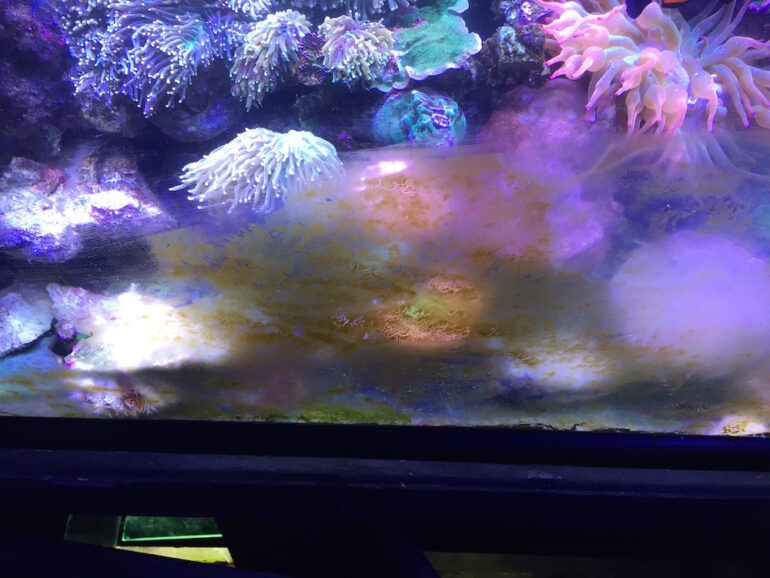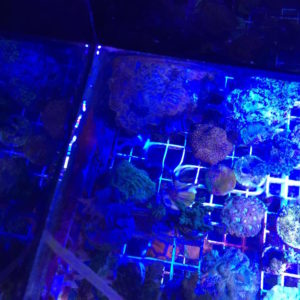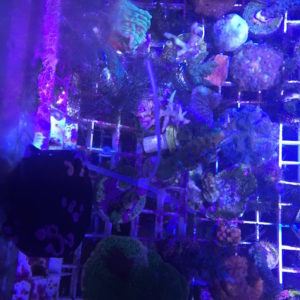I have now been keeping reef tanks for over 30 years and over that time I have seen fads and techniques come and go and I have been asked questions about just about every aspect of the hobby. Despite all of the advances we have made and the knowledge, we have gained I am still asked about one topic far more frequently than any other: how do I get rid of my algae problems.
In the early days of the hobby the answer was relatively easy, lower your nutrient levels to as close to zero as possible and you will starve out the algae, easy peasy. Today however, it is not as simple as that, as many of us now keep the nutrient levels in our tanks at higher levels than before, as we have found that these higher nutrient levels either equate with healthier and more colorful corals or that our tanks simply do better when the nutrient levels are not near zero.
As a result, trying to have near zero nutrient levels is not an option. Over time I have also come to realize that managing algae is what I am doing as I never really get rid of it completely.
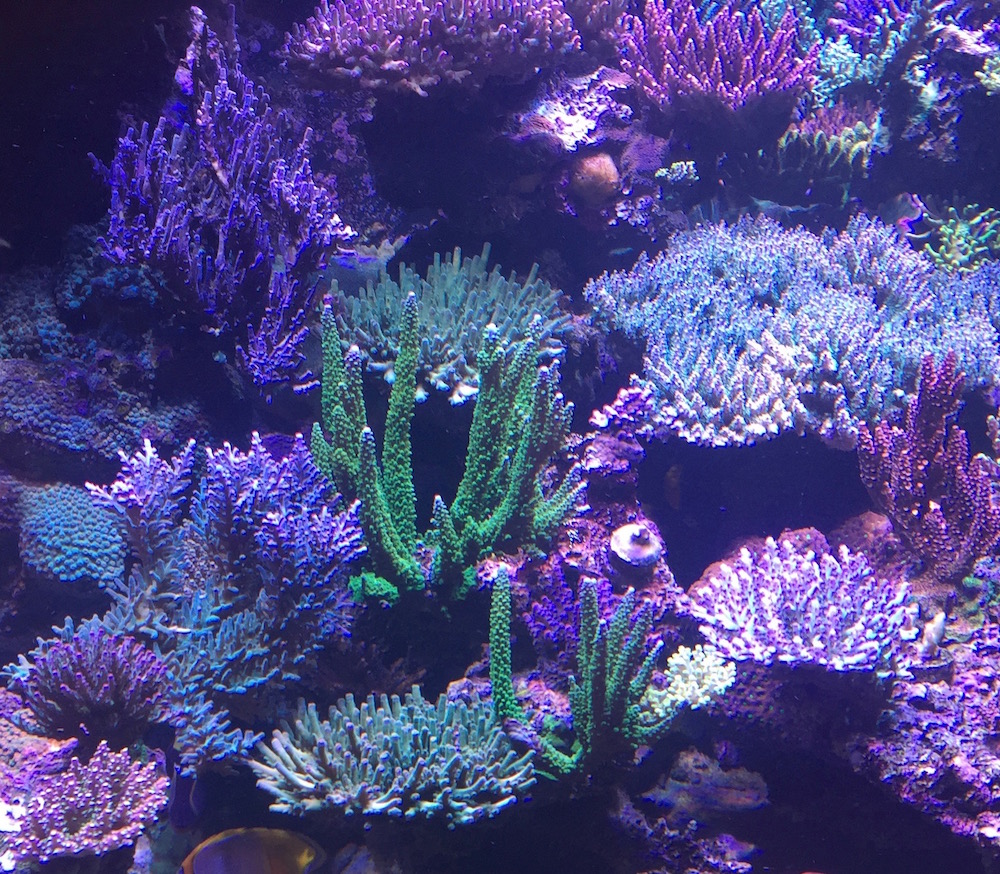
To help me understand algae better I have looked to my real job, I work in oncology, i.e. cancer and have worked in this field for the past 20 plus years. Invariably when someone finds out what I do they often ask: “Why isn’t there a cure for cancer?” When I started in this field and was naïve the thought process was that cancer is cancer, that is, there was seemingly only a couple of reasons why it occurred and so there should be a relatively simple way to cure it.
However, over the past twenty years we have found that cancer is far more complex than we ever could have imagined. Even when you are talking about breast, or colon or lung cancer there are literally unlimited mutations or mechanisms within the cancer in each of these types that now even those are no longer treated as just one type, as there are countless genomic and genetic mutations within them that make treating each of them different.
Now I am not equating the seriousness of cancer with algae, as in addition to working in the field I am also dealing with a close family member battling it, so I understand how horrible and significant a disease it is, instead I am trying to illustrate that as with cancer, as our understanding of algae has improved we now know that there are many variations within it and there is no simple cure.
Over the years I have battled most types of algae, so I have a lot of experience dealing with it. Having said that, I do not consider myself an expert and I still read and learn what others are doing. In this regard, Twillard, a frequent online poster, has done a significant amount of research on dealing with algae, so I want to credit it him with some of the information I will be providing. Many of the techniques I have tried are the result of his work.
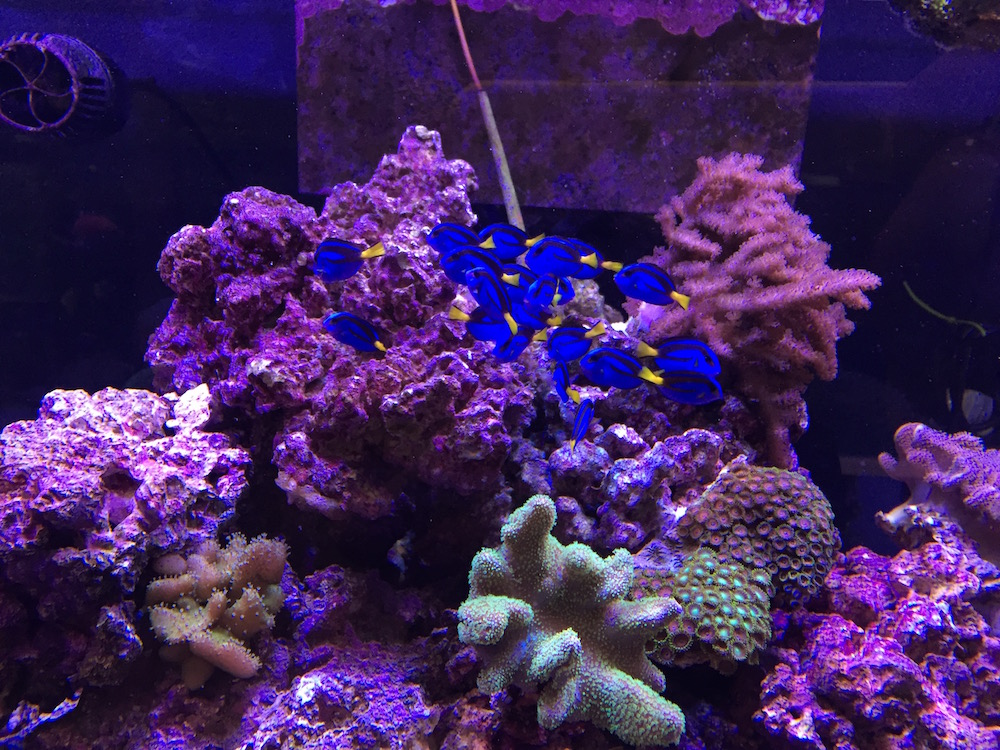
The first aspect that needs to be understood about problematic algae is how it is introduced, because if you can limit its introduction you might be better able to control it. You will never be able to keep it completely out of your tank, but if you are vigilant you may be able to limit the introduction of really problematic types.
Where Does Algae Come From
From my perspective, algae and algae spores are present on just about anything we add to our tanks. From the bases of maricultured corals to frag plugs and what’s in a fish’s intestines, the start of an algae problem can start from many sources. In the past couple of years, I have encountered algae issues coming from sources that I did not think possible.
In one instance I started a tank with completely “dead” dry live rock, yet still within a couple of months, different strains of algae grew out of it without my understanding where it came from. Perhaps it came from algae spores from my other tanks in the house, which is now one of the reasons why any equipment I use for algae removal or control or that could possibly carry algae fragments or spores is used on individual tanks and not shared.
Bryopsis
In another case, I tried to help out a friend whose tank was overgrown with algae by keeping his fish while he rebuilt his tank. One of the fish I took in was a Yellow Tang that was fat and happy from all of the algae it was feasting on. Unfortunately, in the gut of this fish was a strain of Bryopsis that reproduced at an incredible rate even in what I thought was a clean tank. So from this I have learned that the first step in controlling problem types of algae is to limit its introduction.
As I said above, in the past when algae became problematic the first step was typically to lower the nutrient levels in the tank, in particular phosphate and nitrate. While this can still help some, especially when turf algae or slime algae like Derbesia are present, it is not a cure all.
So if algae are becoming problematic, obviously the first step is to test the tank’s parameters. I am not an advocate of keeping a low nutrient system as I said, so in my systems the goal is to keep phosphate between .05 to .1, and nitrate between 5-20, although I have seen systems that are algae free maintained at significantly higher levels than these. So it is not just keeping these levels low that keep algae in check, there are more factors involved than simply keeping these two nutrient levels low for controlling algae.
The first of these factors that has been found to be a limiting factor for some types of algae or that can help in reducing an algae problem is surprisingly magnesium. For slime algae, including Derbesia, it has been my experience that when these become problematic, the magnesium levels have often fallen below 1400.
Again this is why testing this and the other important parameters in a tank and maintaining them at consistent levels may important for helping to keep algae in check. As with everything, when these levels are too low I raise them gradually over a week to the desired level. When algae becomes really problematic, I have heard of individuals raising their magnesium levels significantly higher than this to try and remedy the problem.
It does not appear that magnesium levels significantly in excess of 1400 are toxic to fish or corals so having them higher than 1400 does not appear to produce any log term problems. But raising and maintaining magnesium levels above 1400 is not a remedy for all algae problems.
As I noted above, there are many varieties of problematic algae as well as many “strains” of algae within different genera and this is why a treatment for a type of algae may work for most types and even though an alga may look the same as one found in another tank, it does not always respond to the same treatment. One of the best examples of this that I have seen is the response of the problematic algae Bryopsis to the anti-fungal agent Fluconazole.
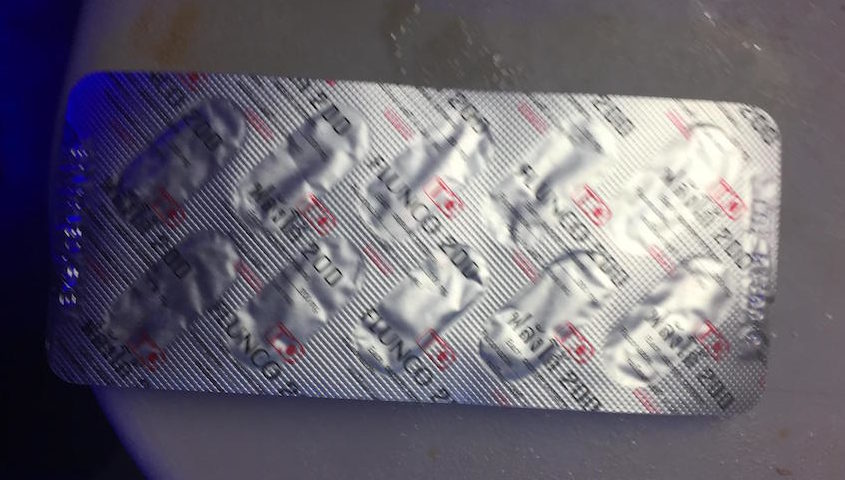
As far as I can tell, one of the first people to report and explain why Bryopsis dies off when exposed to Fluconazole was Twillard, although I have also seen several other authors and posters report similar results over the past year. I must admit that having worked with Fluconzole in immunocompromised cancer patients I was skeptical of how it would work as well as if it would work before I tried it.
The mechanism of action for how it works is that it inhibits the production of ergosterol, which is responsible for maintaining the cell wall integrity in plants, and it is also found in the cell membranes of protozoa and fungi. This is why it is used as an anti-fungal agent in humans and is even used in such common ailments as toe nail fungus.
Unlike many herbicides, which usually work quickly, it has been reported that using it on Bryopsis takes time, and that usually the full effect is not seen for two weeks or more and that a second dosing may be required. The standard dosing is 20mg per gallon, but the toxic level seems to be much higher than this.
As I mentioned above, when I tried to help a friend by taking his Yellow Tang I introduced some nasty strains of algae, including a really fast-growing Bryopsis into my quarantine/frag tank. This algae grew so fast that I was taking everything out of this tank weekly and scrubbing everything just to keep it from overgrowing all of the frags from week to week.

After fighting this relentless pest for over three months I finally decided to bite the bullet and try this new approach. I did so expecting it to take at least two weeks until I would see an effect. Much to my surprise, the strain I had, succumbed to this treatment in three days. That is, literally all of the Bryposis, which for some reason was isolated to only the quarantine/frag tank, was completely gone without a trace in this amazingly short time.
Conversely, I have read of individuals having strains of Bryopsis that did not respond to this treatment at all. Interestingly, this did not kill either the macroalgae nor the Chaeto in the central refugium on these tanks. But it did kill off several other problematic microalgae in these tanks, although these took significantly longer to die off than did the Bryopsis. Needless to say as a result of this success, I am a strong believer in using this agent to control the usually very problematic and tough to eradicate Bryopsis, as long as it is a strain that is susceptible.
As I mentioned above, one of the interesting things that I noticed when battling this Bryopsis outbreak was that it occurred almost exclusively in the frag/quarantine tank and not in the 300-gallon sps nor the 29 gallon-nano tank, all of which are interconnected and share a common sump. I do not have an explanation for this, but rather it has led me to the belief that many problematic algae problems may at first be limited to a micro-environment.
I say this as I have also seen outbreaks of problematic algae in either isolated portions of tanks or in one tank out of several that were interconnected. Case in point, currently in my 120-gallon tank there is a growth of problematic turf algae, but it is only occurring near where the current is strongest on one side of the tank. On the opposite side of the tank where the flow is significantly lower it has not become a problem. So in this instance, it is my opinion that the strong flow is promoting the growth of this algae, but only there.
When I went back and looked at every aspect of my tanks and why the Bryopsis was only growing in one, the only significant difference I could find in these tanks is that the lights above this tank were using an LED template with significantly more red light than was the case in the other two tanks.
Further proof that excessive red light may have contributed to the problem is that even though these tanks are interconnected the front glass on this tank typically became cloudy two days quicker than was the case on the other two tanks.
As a result, the red light in the LEDs on this tank has been reduced significantly. This has only been the case for less than a month, but already I am seeing that the glass on all three tanks now gets cloudy at the same rate.
Dinoflagellate – Brown Slime Algae
I wish I could say that this was the worst of my recent algae problems, but like many other hobbyists I have spoken to and read about in the past 6 months, dinoflagellates are an increasingly encountered problem as well. At first I did not know what these pests were and thought they were just a common brown slime algae. Only when I pulled some out and looked at them under a microscope could I confirm that they were dinoflagellates.
This could also be confirmed when I siphoned some off with a bulb baster and agitated them in a glass to break them up. Within a few hours they had congealed into a single mass agreeing with my microscopic diagnosis. As with the other algaes mentioned, there are not only numerous strains of these pests but also numerous ways to combat them.

Sadly, I tried just about all of them until I found one that finally worked for the strain I had. My tank was treated with every commercial Dinoflagellate treatment on the market, in combination with three and four day complete blackouts of the tank. All of which only eliminated these pests for a few days before they came back with a vengeance.
Many hobbyists have reported success with these treatments but these did not work with the ones in my tank. I then went to trying hydrogen peroxide, which at best did not kill them but kept them at a constant level for several weeks. At this point, I thought that increasing the dosage was the next step. And while this did reduce the dino population for a short time, it also made the Montiporas that were present in the upper portions of my tank highly light sensitive, so many bleached out and died.
I’m hypothesizing that the peroxide increased the light sensitivity, as the Montiporas at the bottom of the tank and that were shaded survived. At this point I almost gave up and thought about taking down the entire 300-gallon tank and starting over when I read a post, sorry I wish I remembered who you were, suggesting that a pond UV sterilizer would work if the dinos were free swimming. Having run out of ideas and methods I decided to give this a try.
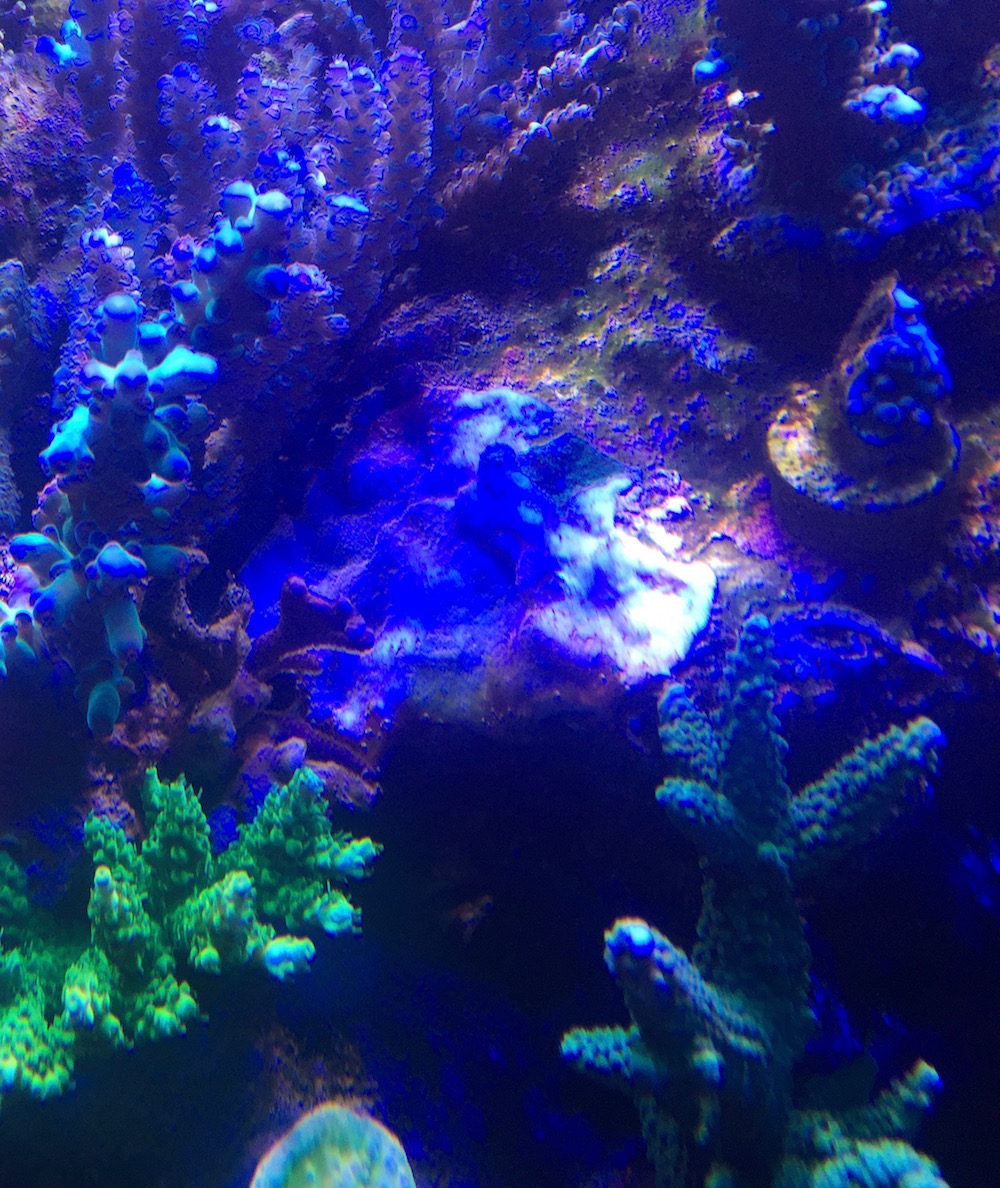
I bought a 55-watt pond sterilizer online and set it up so that 1000 gallons of water would run through it per hour. For the first two or three days there was little change, but after this time the dinos started gradually becoming less and less numerous. By the end of two weeks they were completely gone. I have continued to run the UV sterilizer for an additional month and to date they have not returned. So for those of you with free-swimming dinoflagellates, I do not know of any surefire way to tell, this may be another means for eradication, but as I mentioned there are other strains that do not respond to this method of treatment.
Valonia – Bubble Algae
The last pesky algae that I continue to battle is Valonia. This little “ball” type of algae can at first seem interesting due to its unique characteristics and appearance, but over time it can over grow sps corals and become especially problematic when it starts growing between the branches of sps corals and starts killing them.
This pest comes in various sizes and the balls can be as small as the head of a pin to as large as a golf ball. Initially, the thought was to prick the balls to deflate them, but this was found to only release more “spores” into the tank which then grow into new colonies.
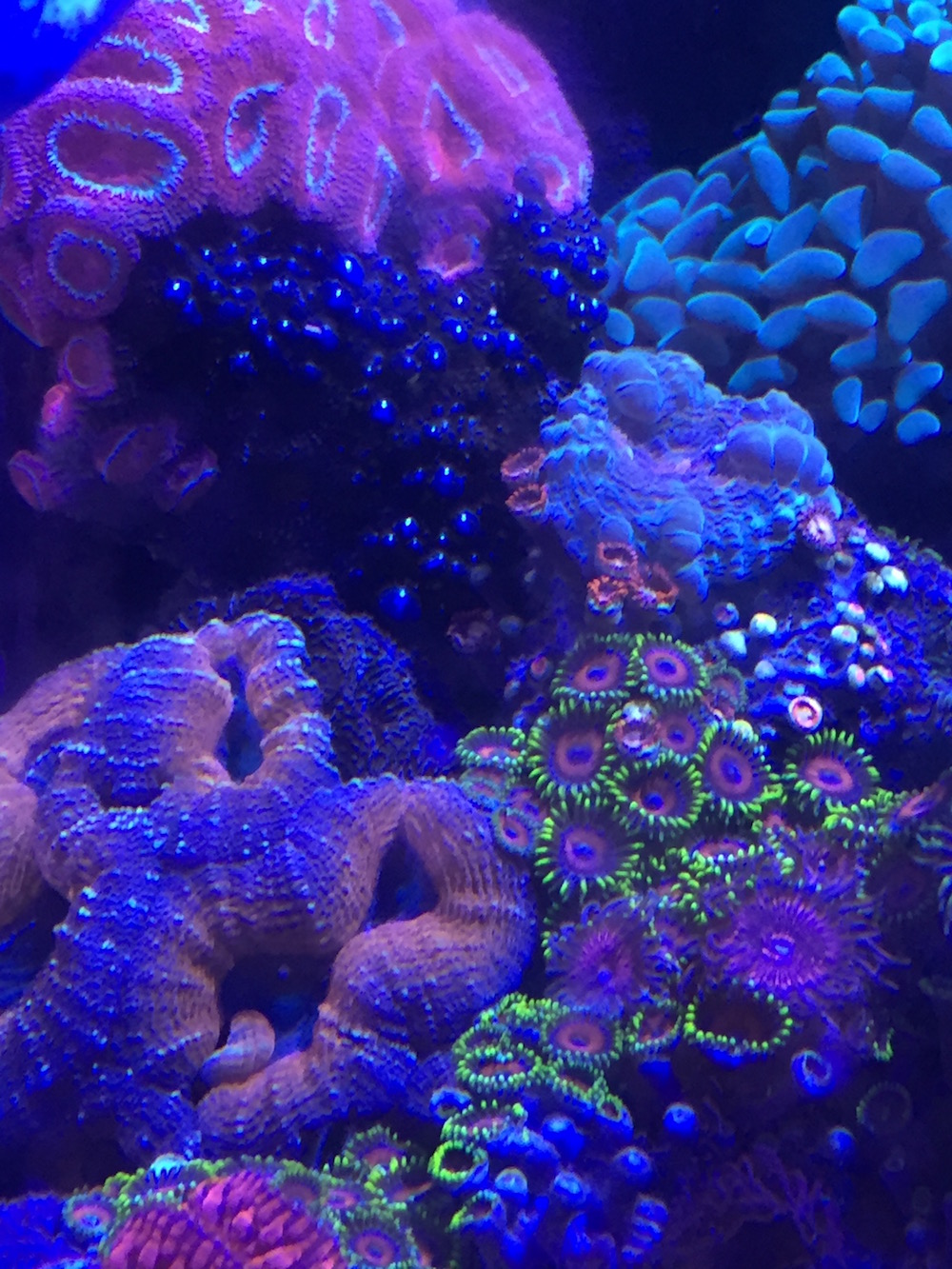
So it is now thought to be better to remove the balls intact by scraping and siphoning them or be removing the affected piece of live rock or coral and removing the Valonia from it outside of the tank if possible.
Battling Valonia on an almost constant basis over the years has led me to try and find natural predators for it and other problematic algae. For Valonia I have found the Desjardinii tangs (Indian Ocean Sailfin tangs) and Rabbitfish to be good at keeping this pest in check.
I have also found that Halloween urchins (Tripneustes gratilla) are good at keeping turf and close cropped hair algae in check. I also use a variety of snails to manage the other microalgae pests that crop up from time to time. All of my tanks have some kind of natural herbivore in them for algae control.
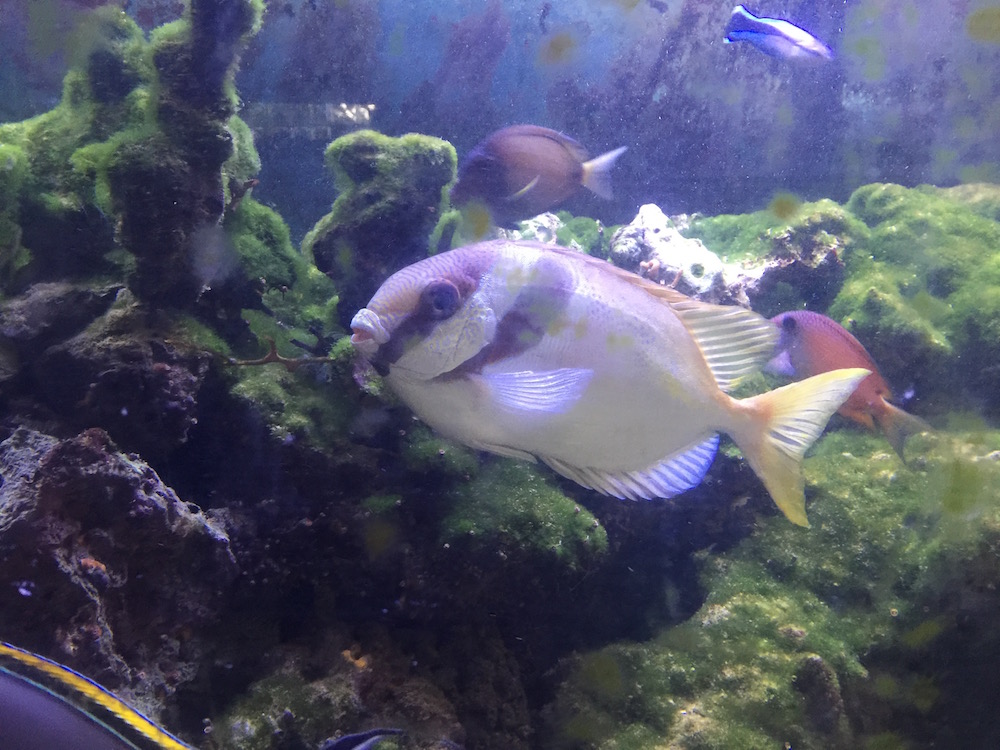
Having said that, I now realize that over time using them only means that eventually some type of algae that they won’t eat will become problematic so it will be necessary to either find another natural predator or another means to eradicate it.
In the past, when phosphate removers and nitrate reducers were just coming into the market the main focus of algae control was simply to lower the levels of these nutrients in our tanks. However, as we have gotten better at this, we are now having problems with algae that does not succumb to these simple measures, as is seemingly the case with many of the “newer” pests we are now encountering.
I know there are other problematic algae out there that I did not discuss as well as others in the future that will be even bigger problems. So I only discussed algae that I have had problems and experience with and what I did to win the battle or at least fight to a draw.
Battling algae takes a multifaceted approach and an understanding of what you are up against. To be honest I now accept that I will never completely eradicate problem algae from my tanks, but if I can at least control it I can live with that. I’m sure there are lots of other ways to battle this problem and I look forward to the input and the new ideas.


